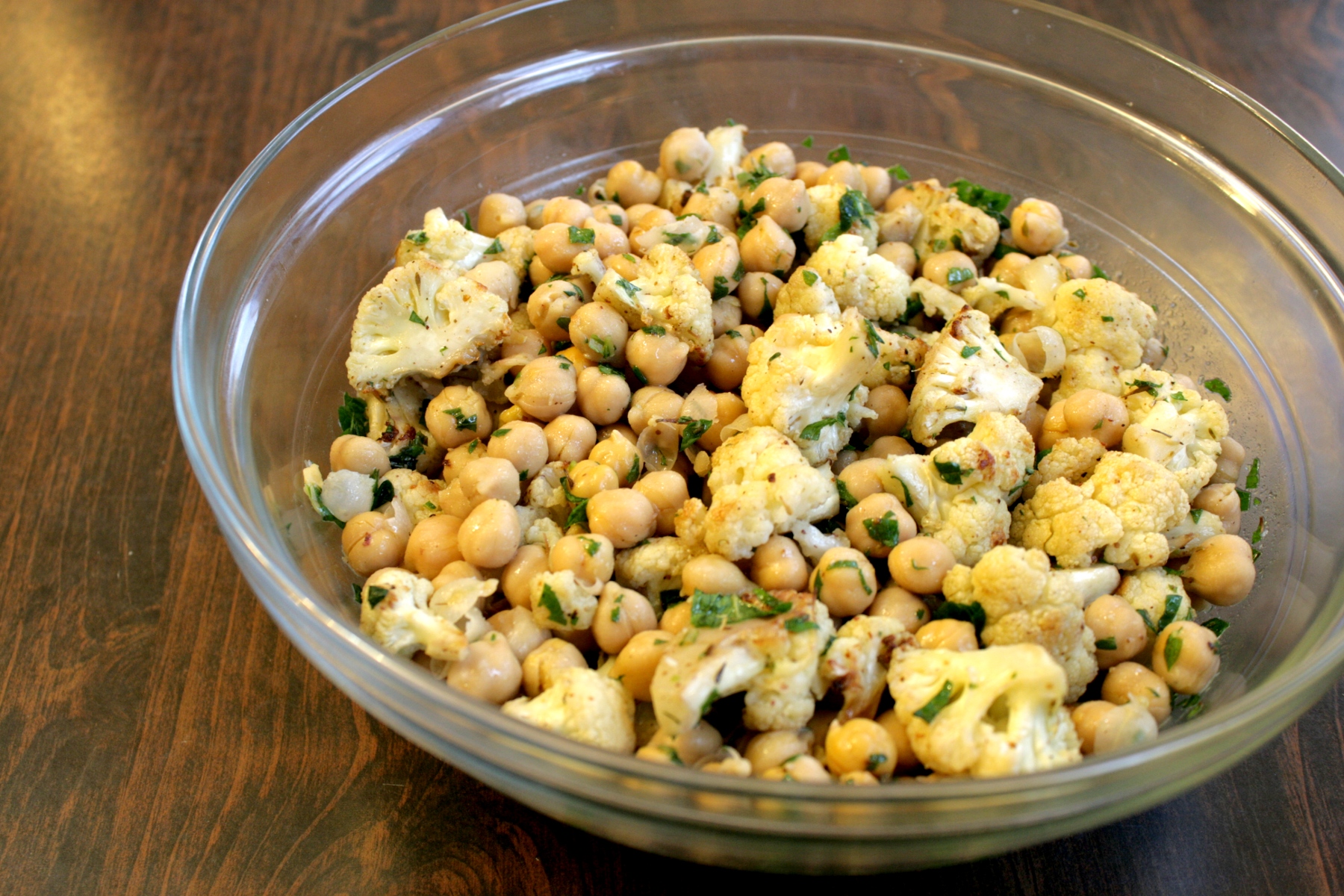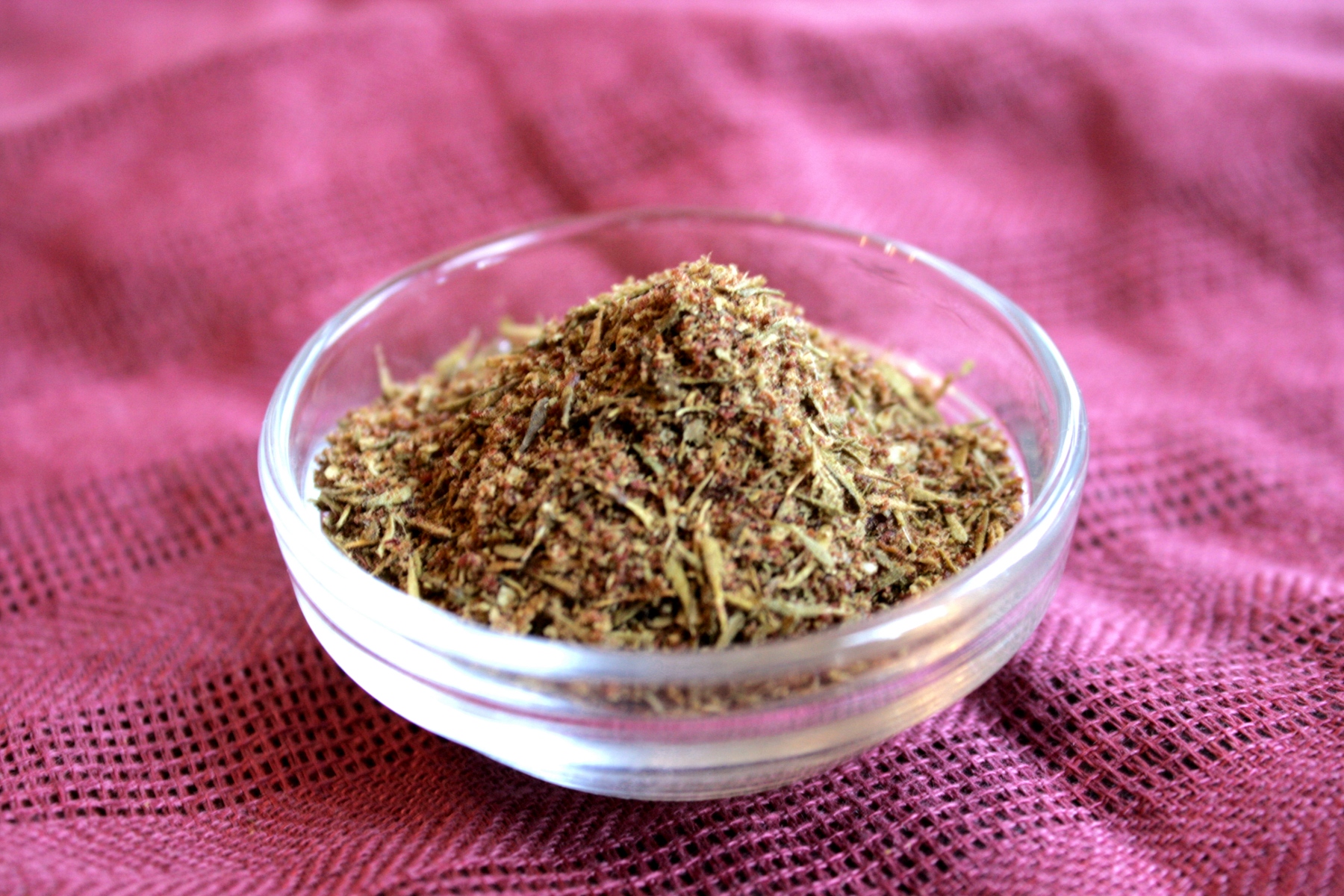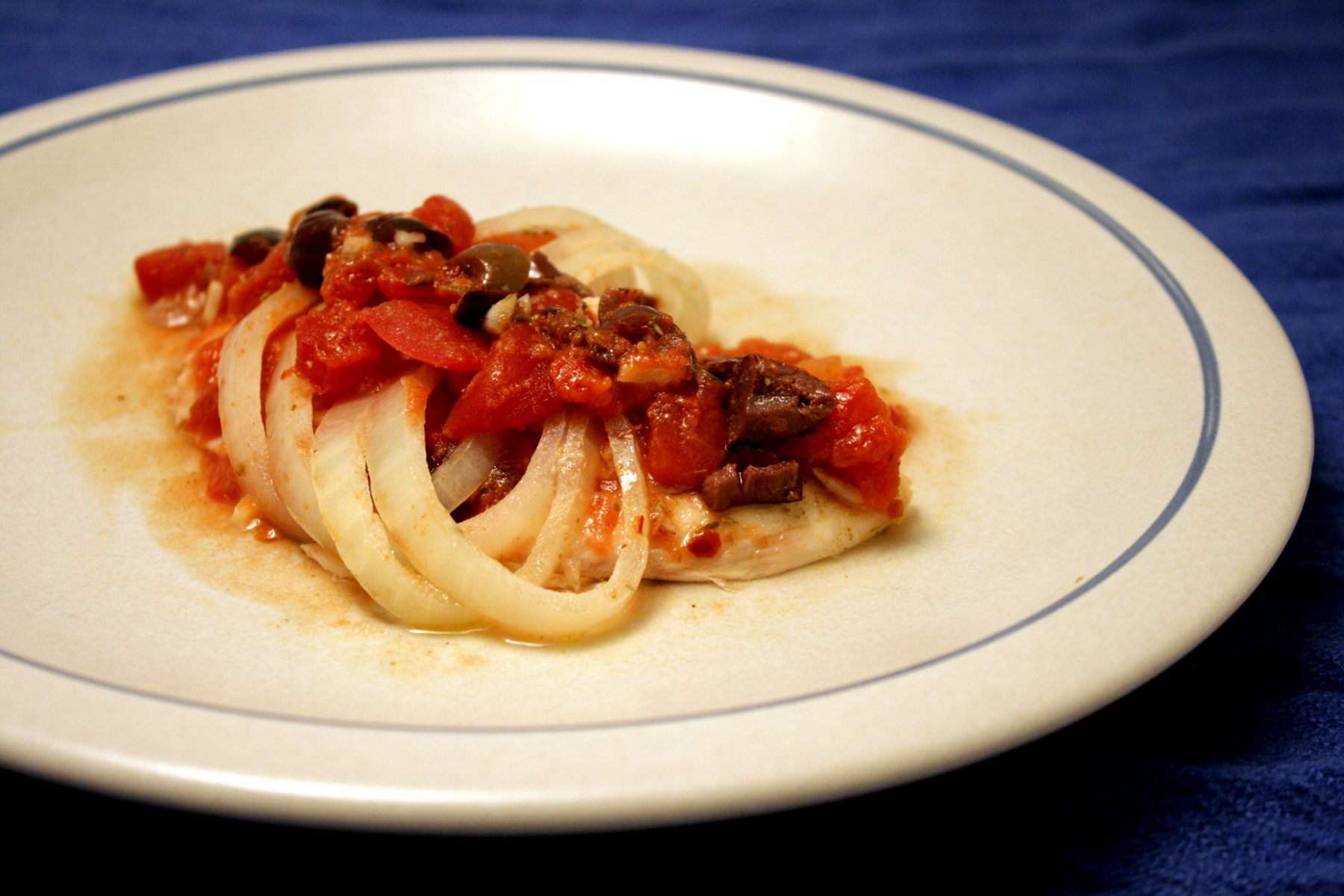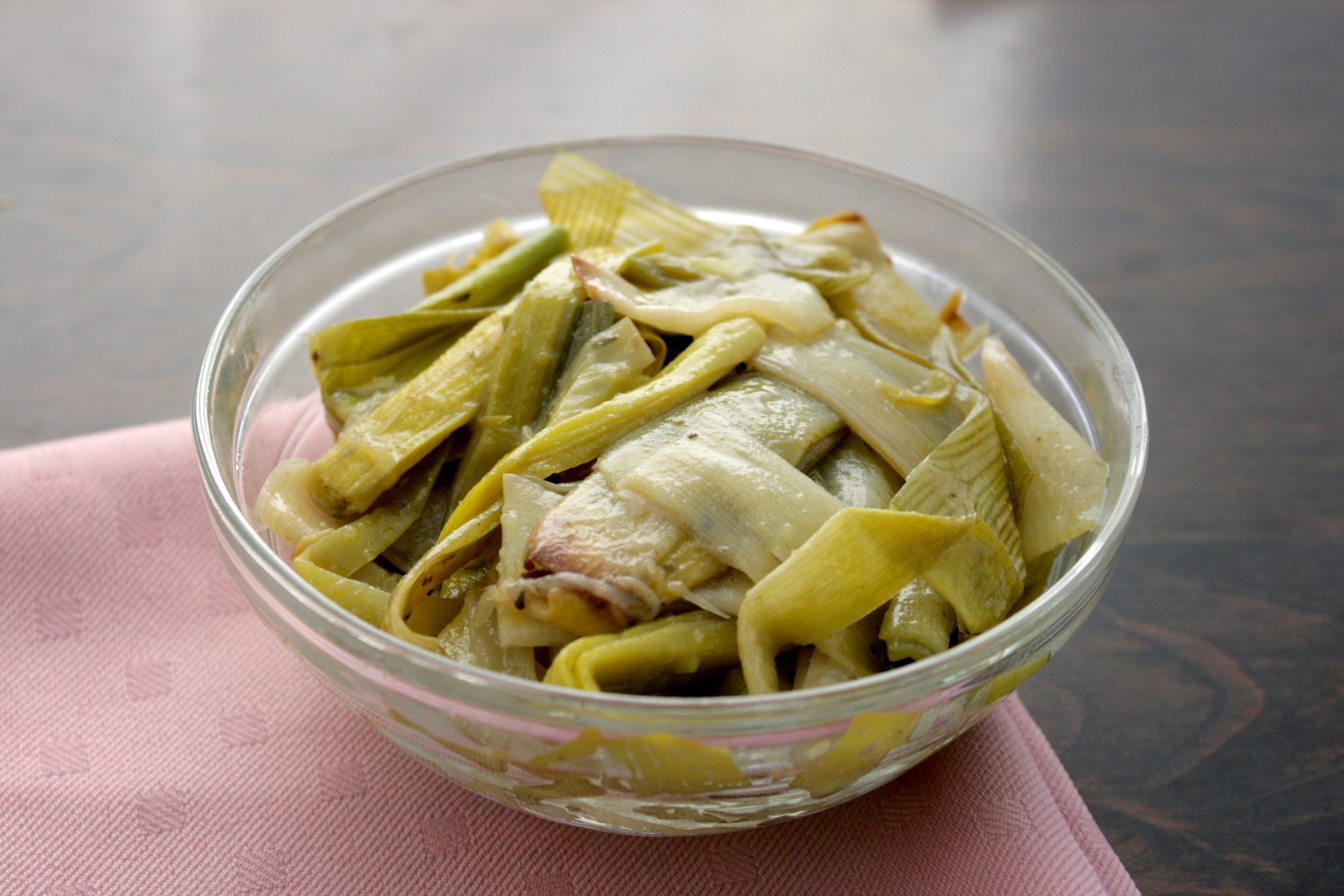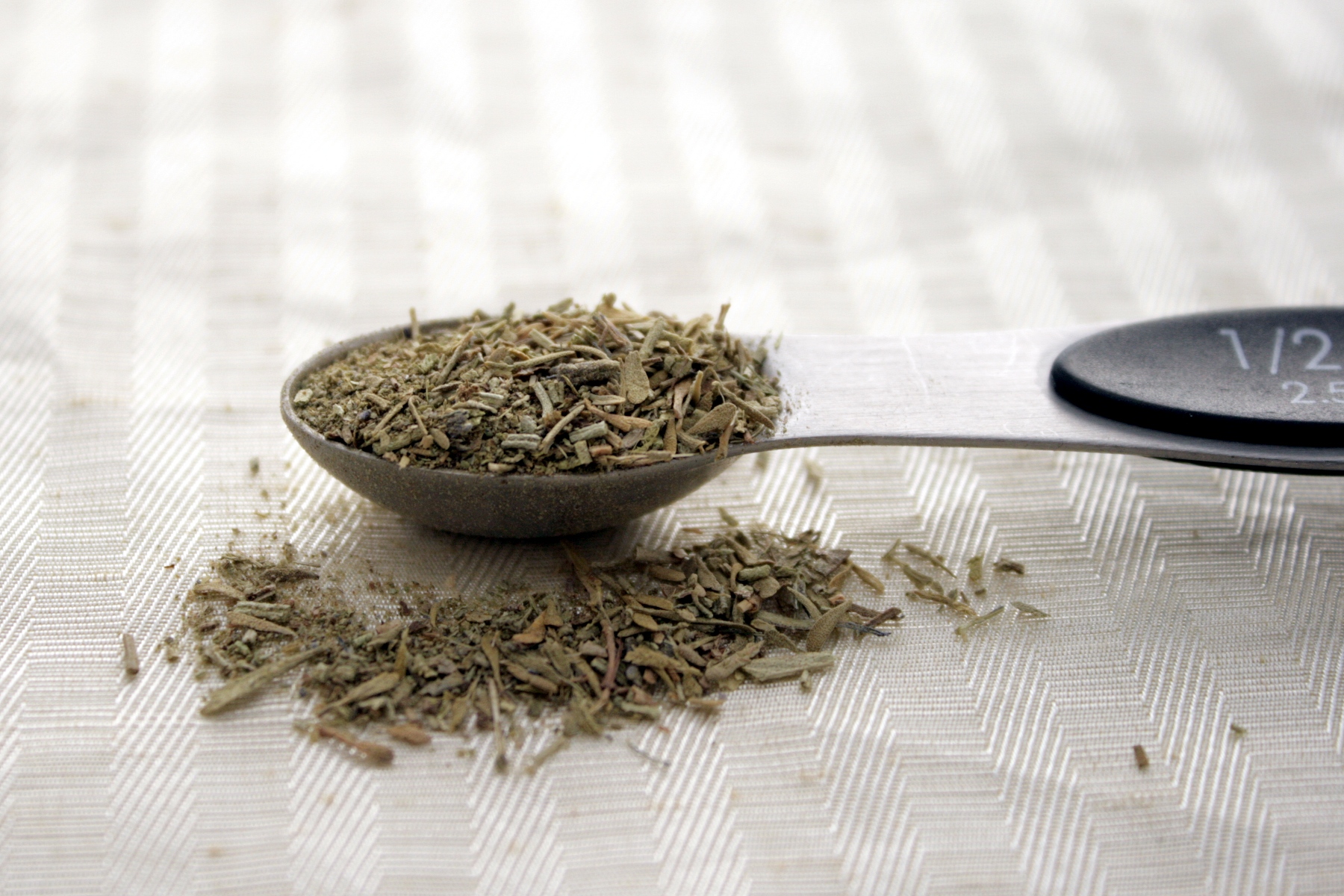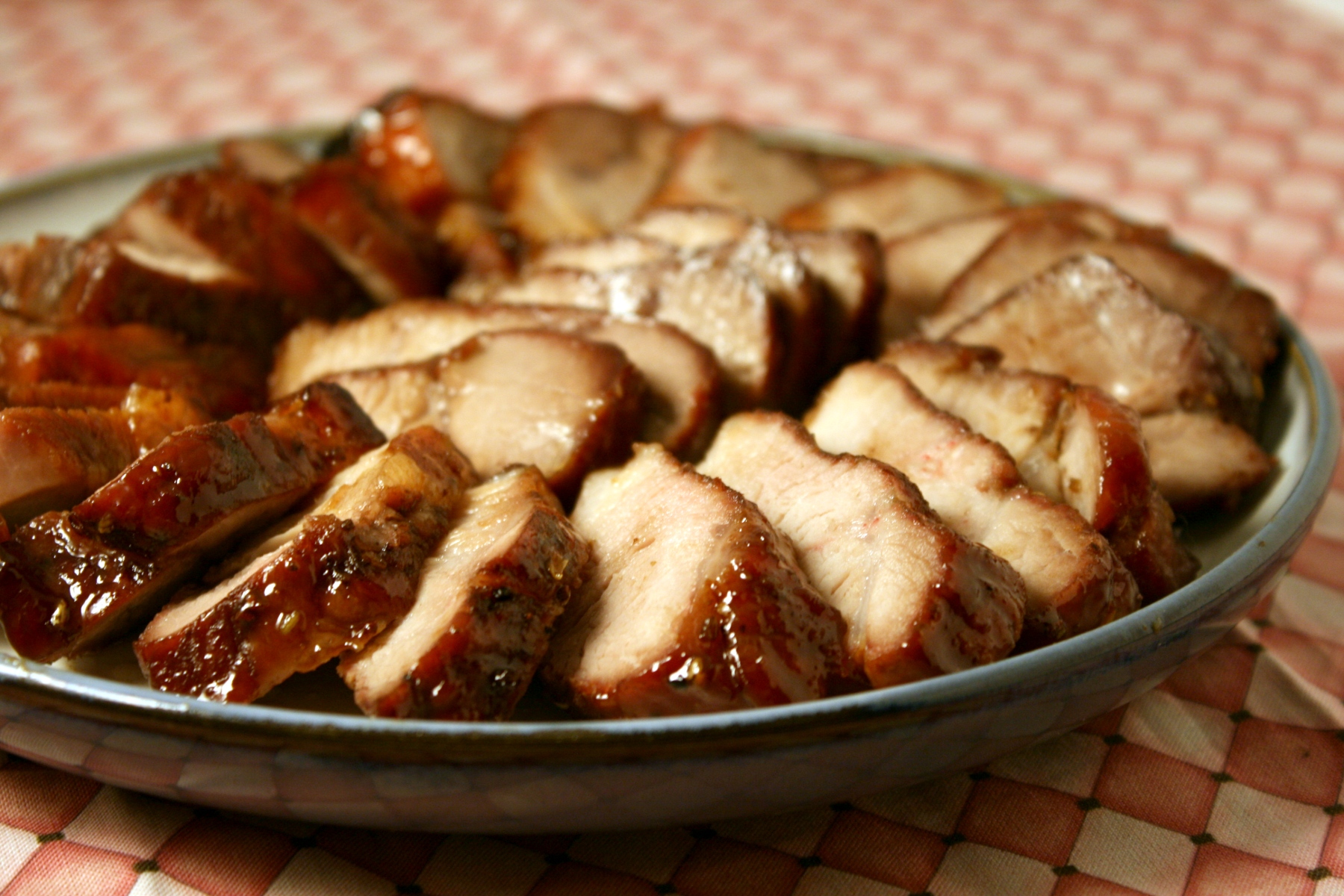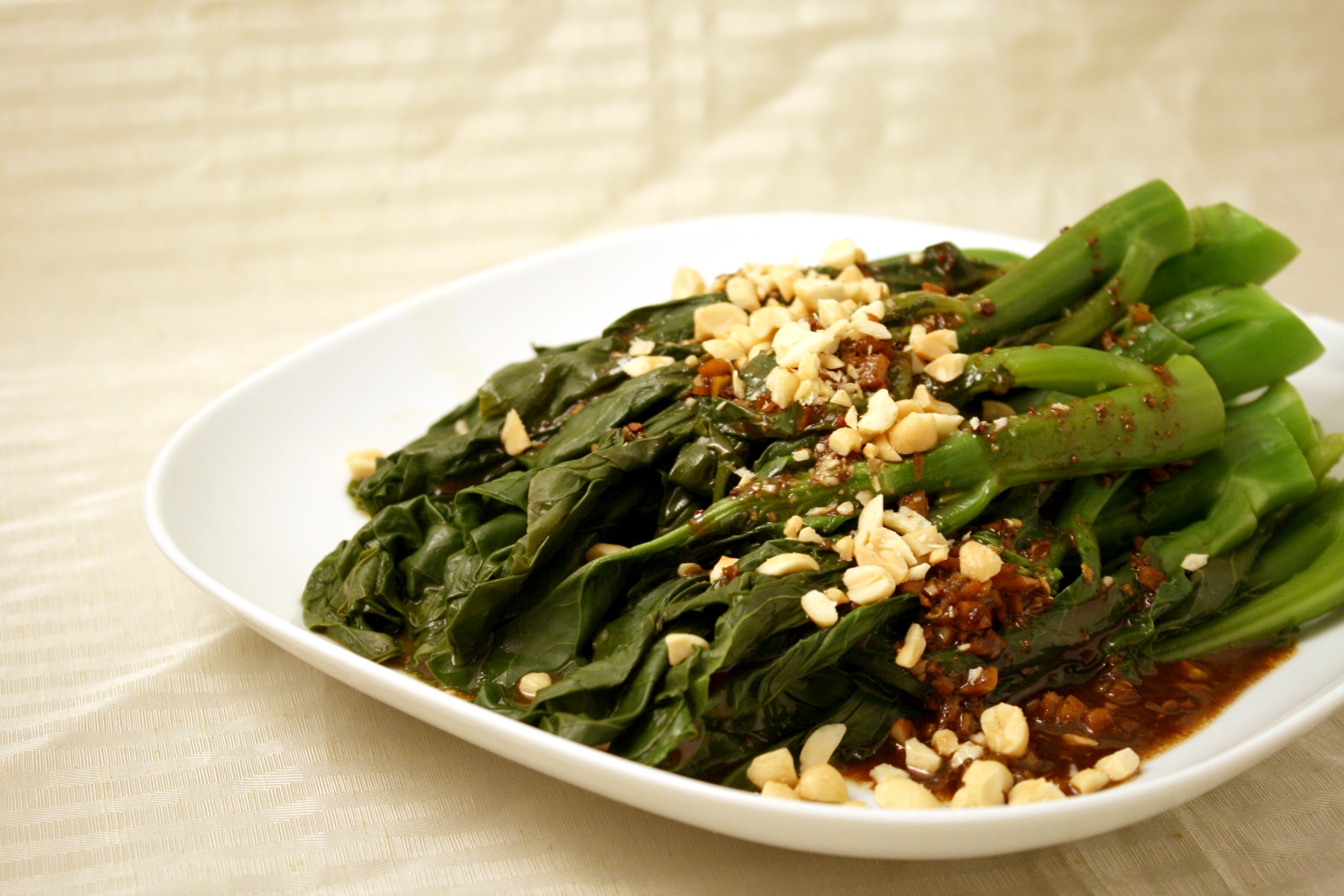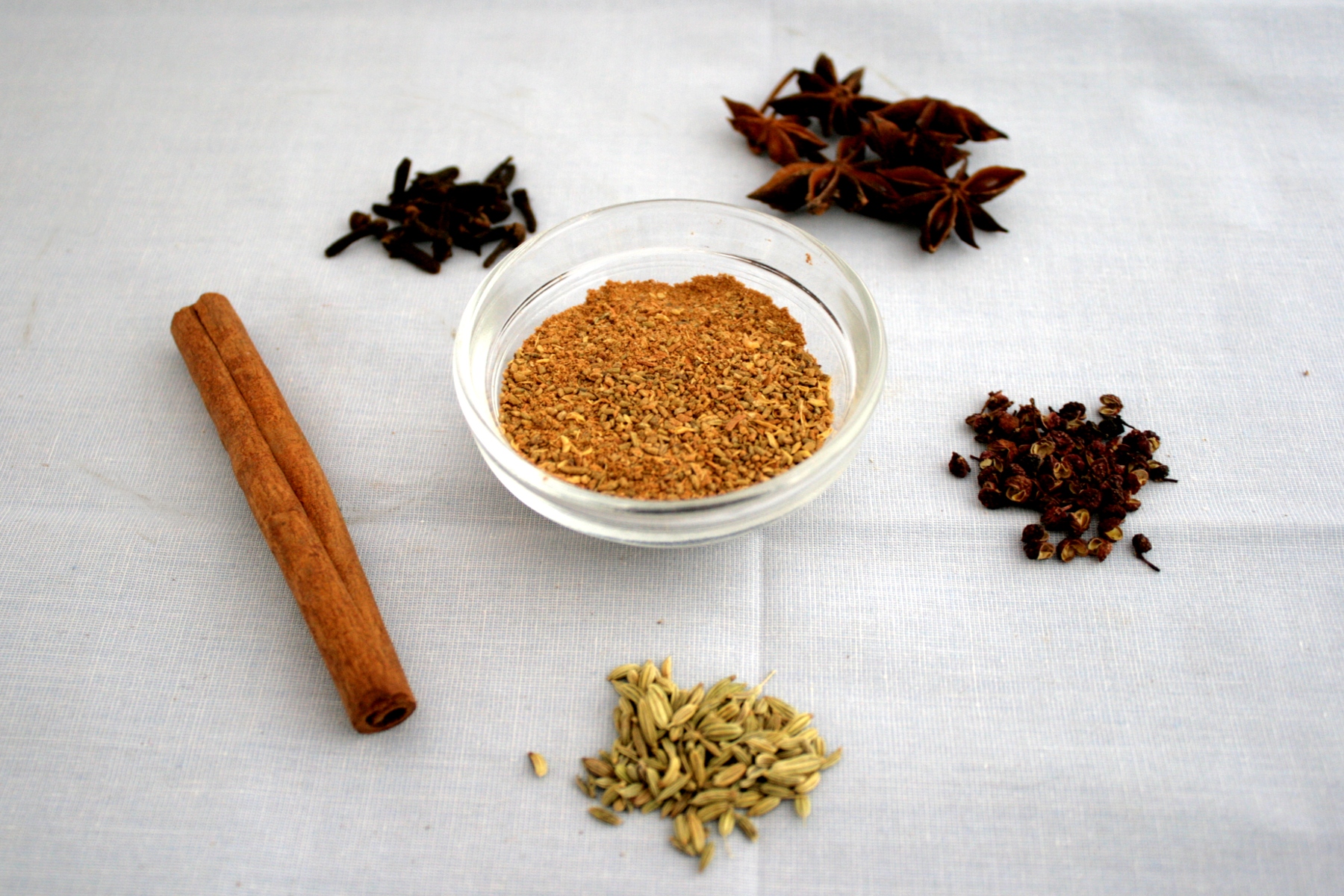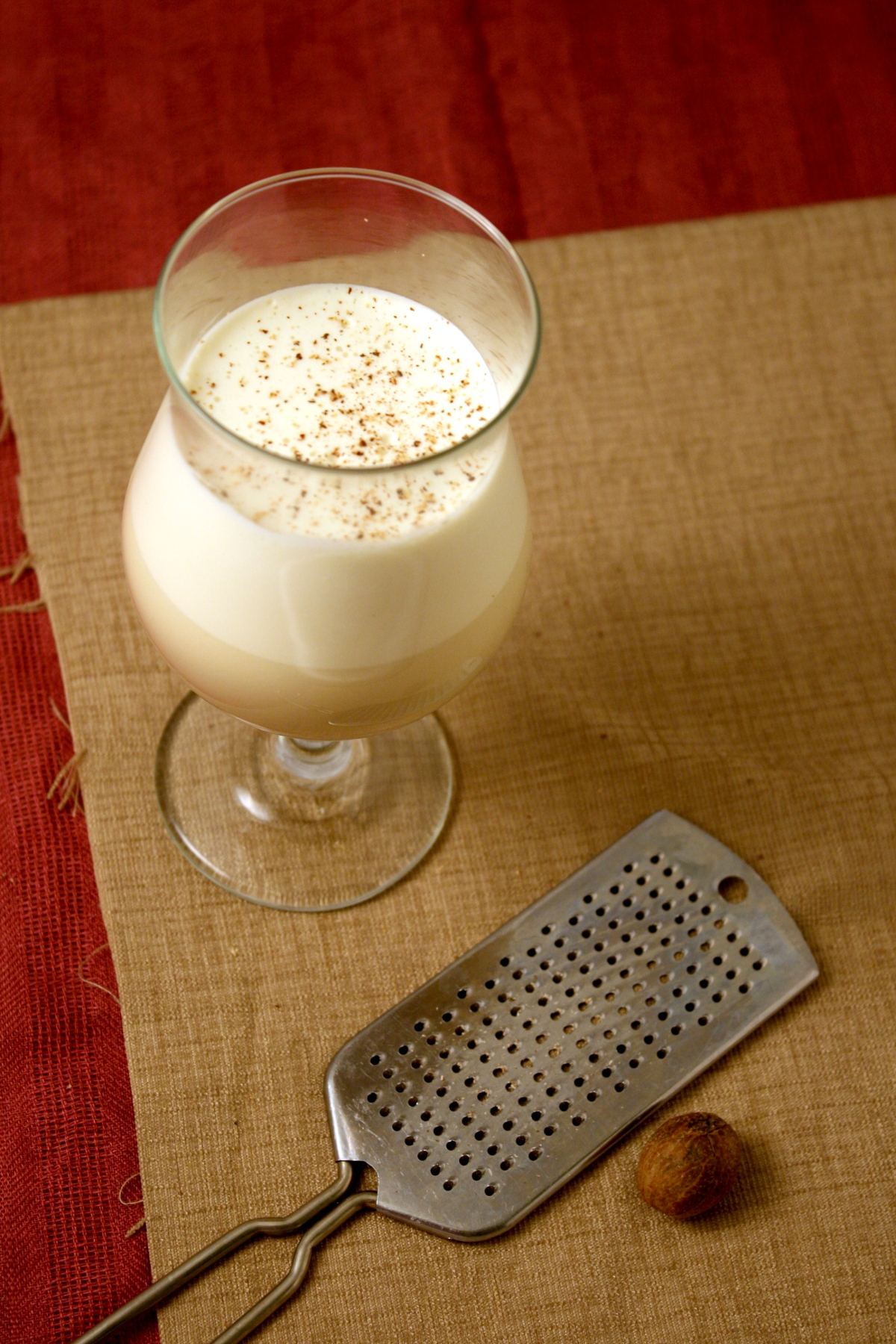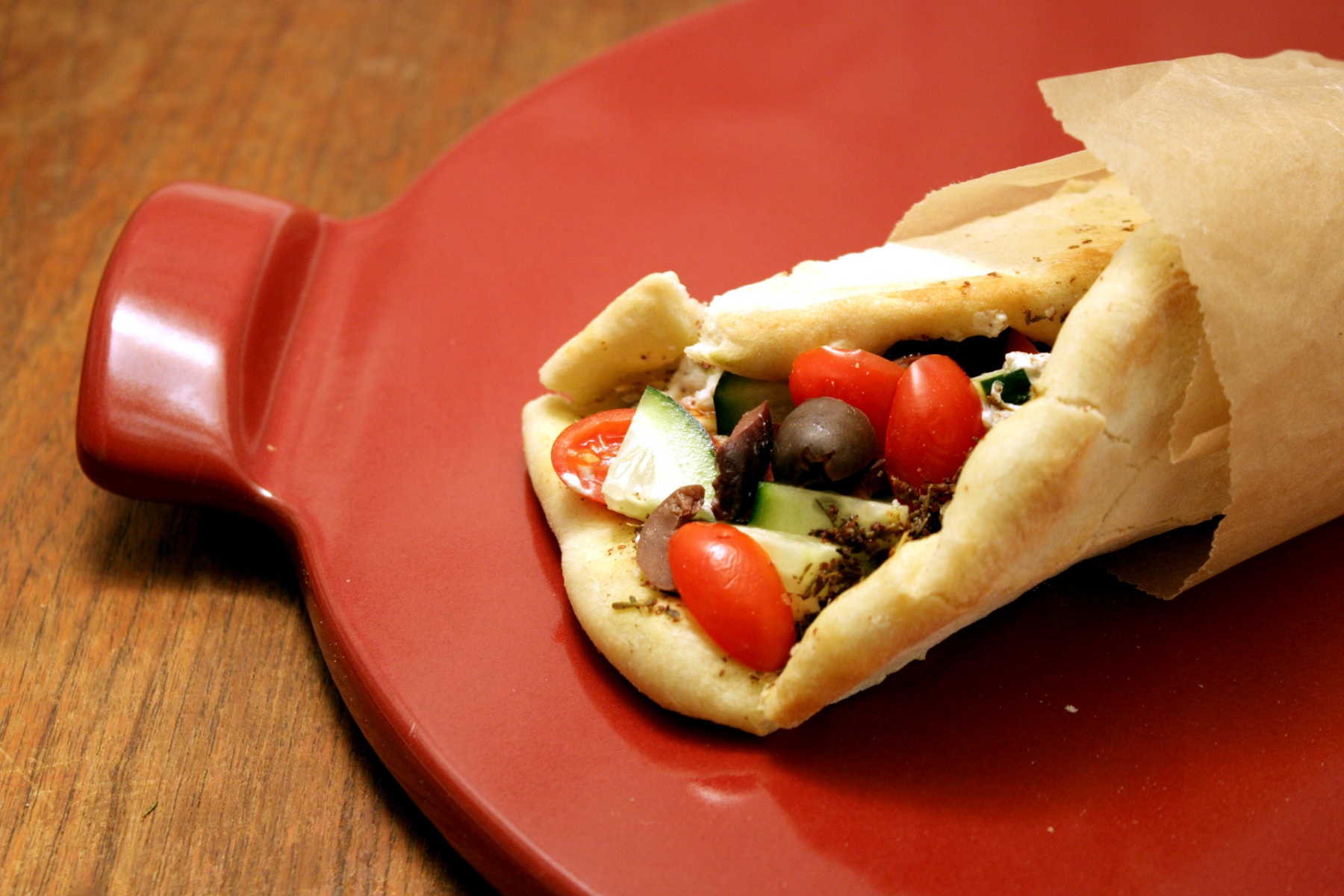
Despite being half-Lebanese, it wasn’t until the summer of 2009 that I was able to spend an extended period of time in Lebanon. I was studying at the American University of Beirut, taking two classes (one, a fascinating abnormal psychology course, and the other, “the art of honeymaking,” a class on beekeeping – I’ll share some great stories from this class another time, rest assured) and spending every other weekend visiting my grandparents (who I’d only met once before) in a small town in the north of Lebanon. Needless to say, it was a scary and amazing experience for me, not to mention a formative one.
